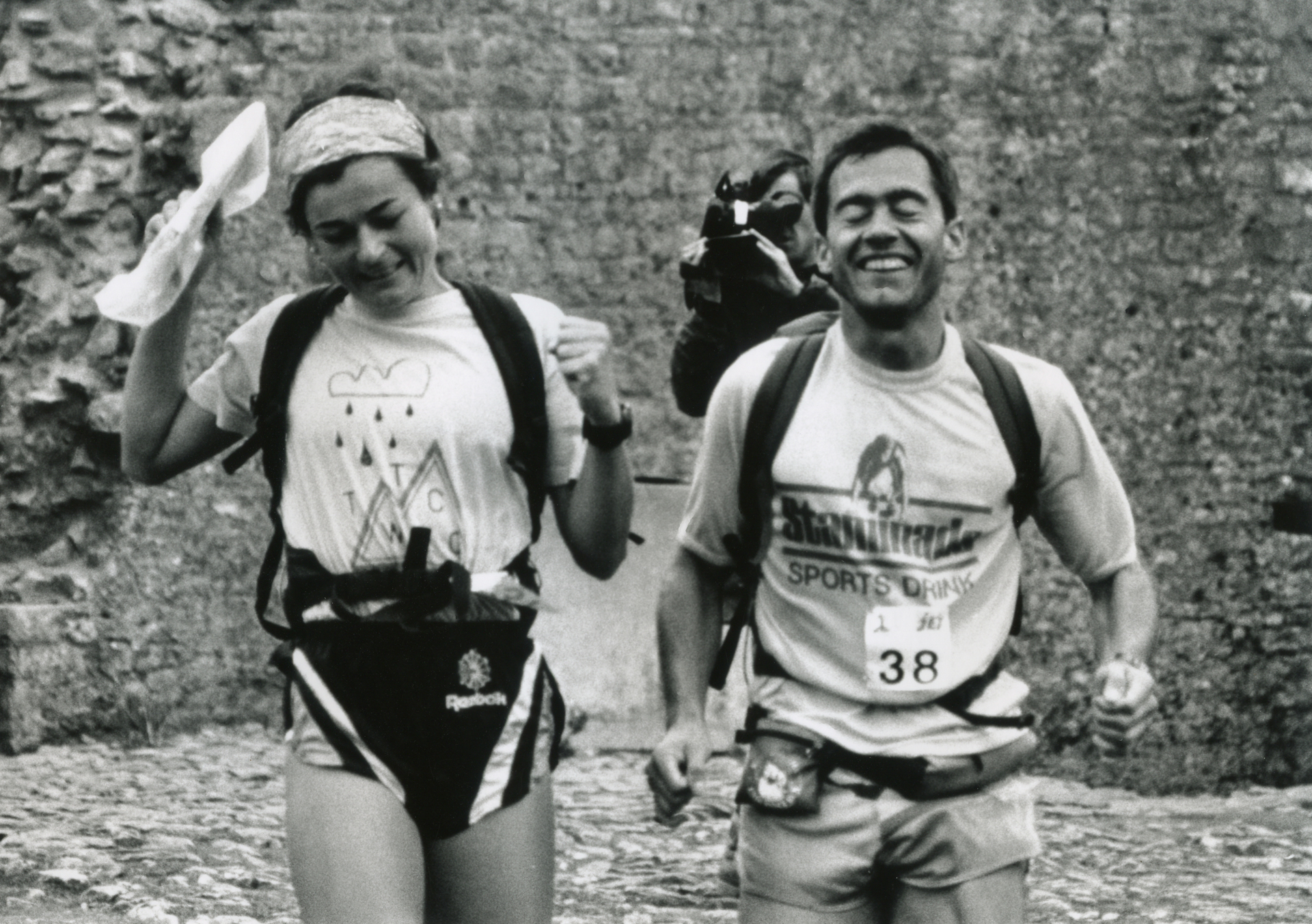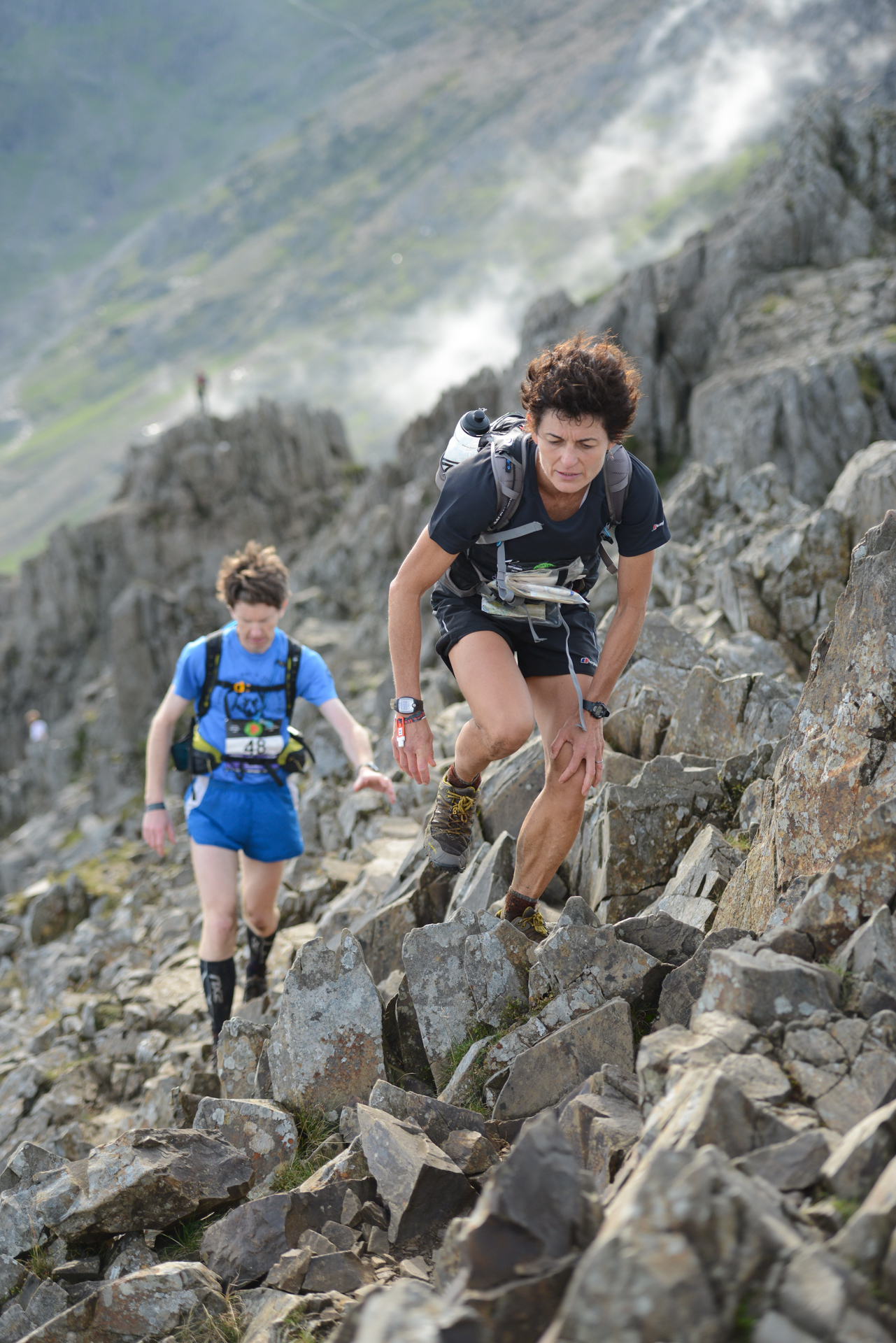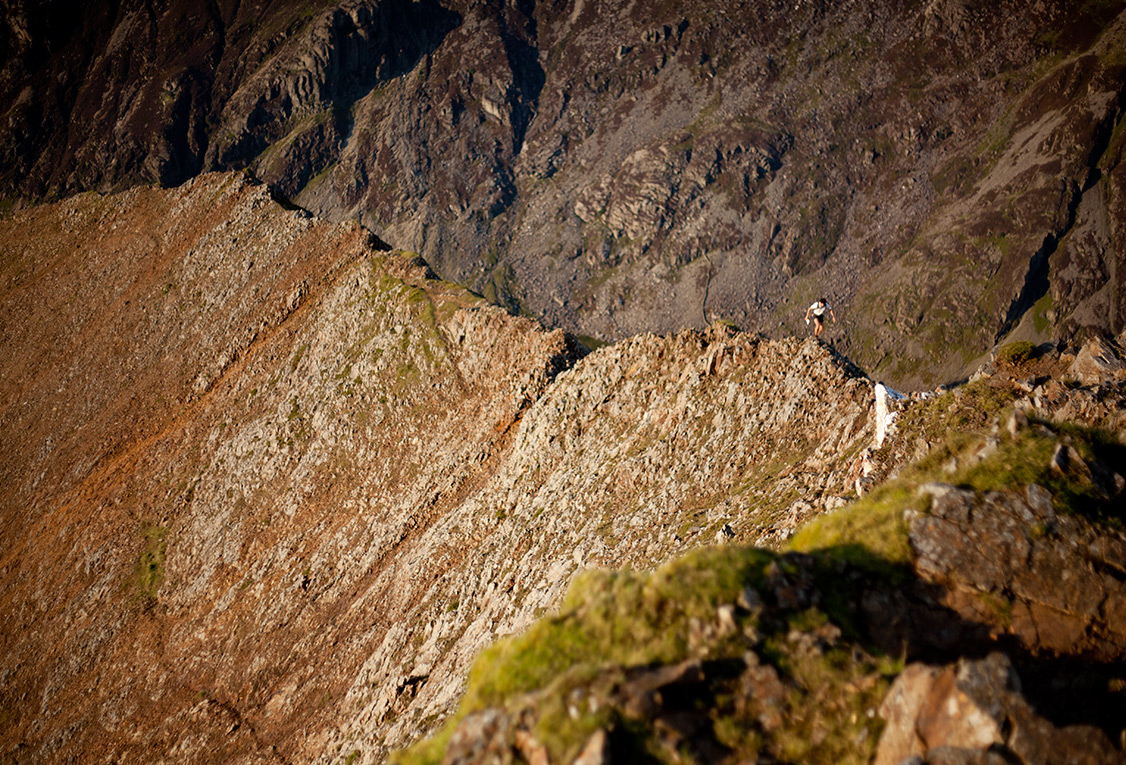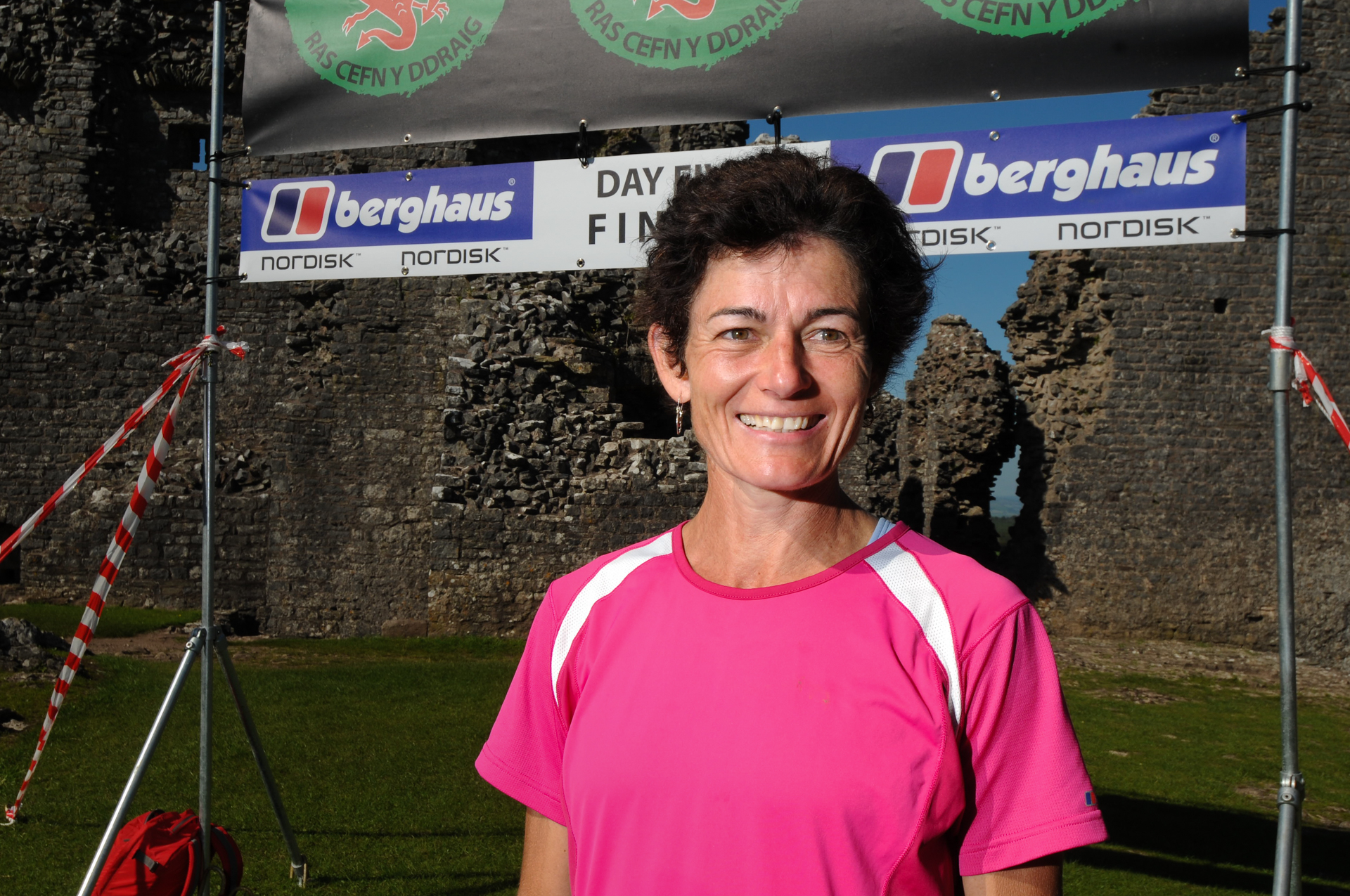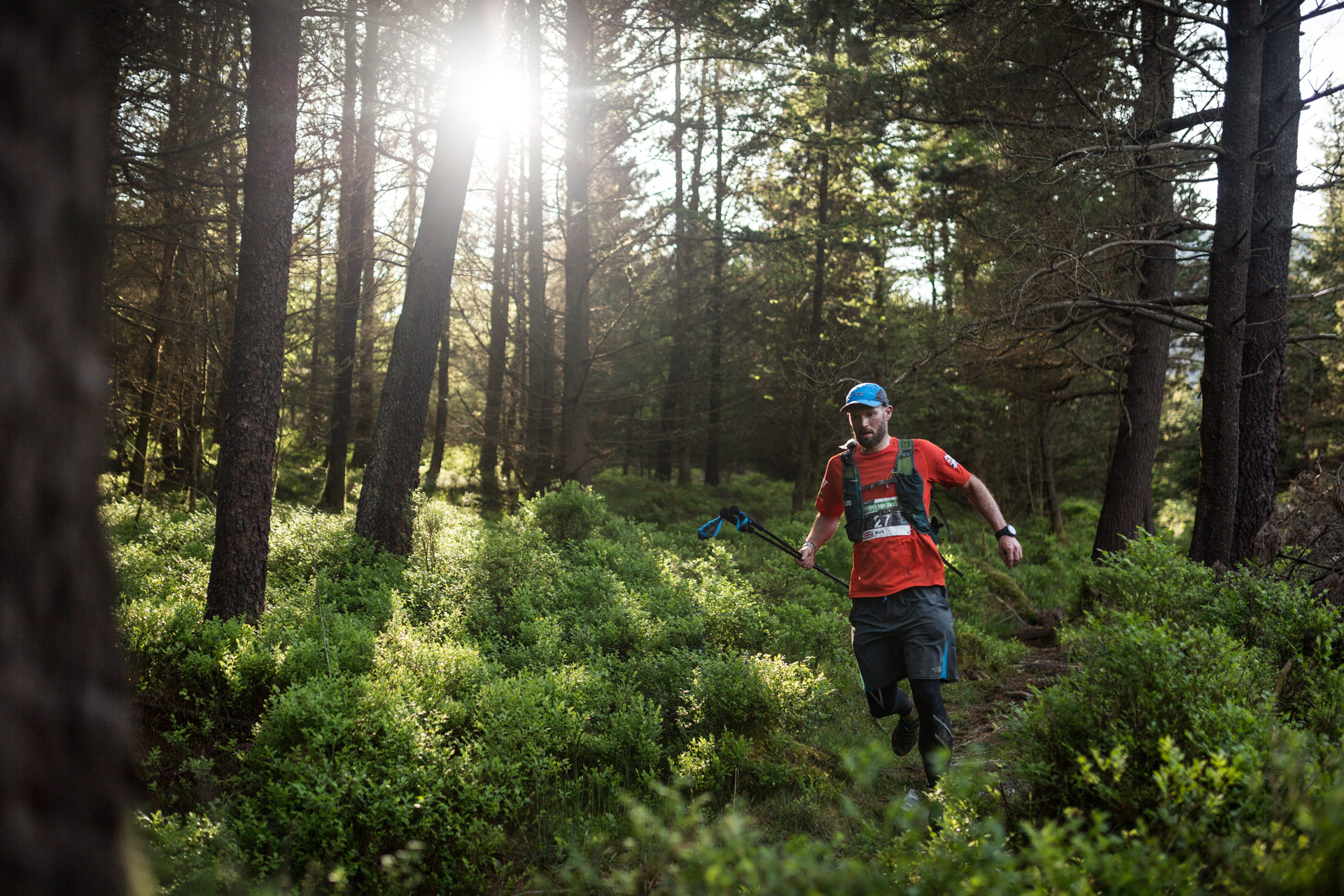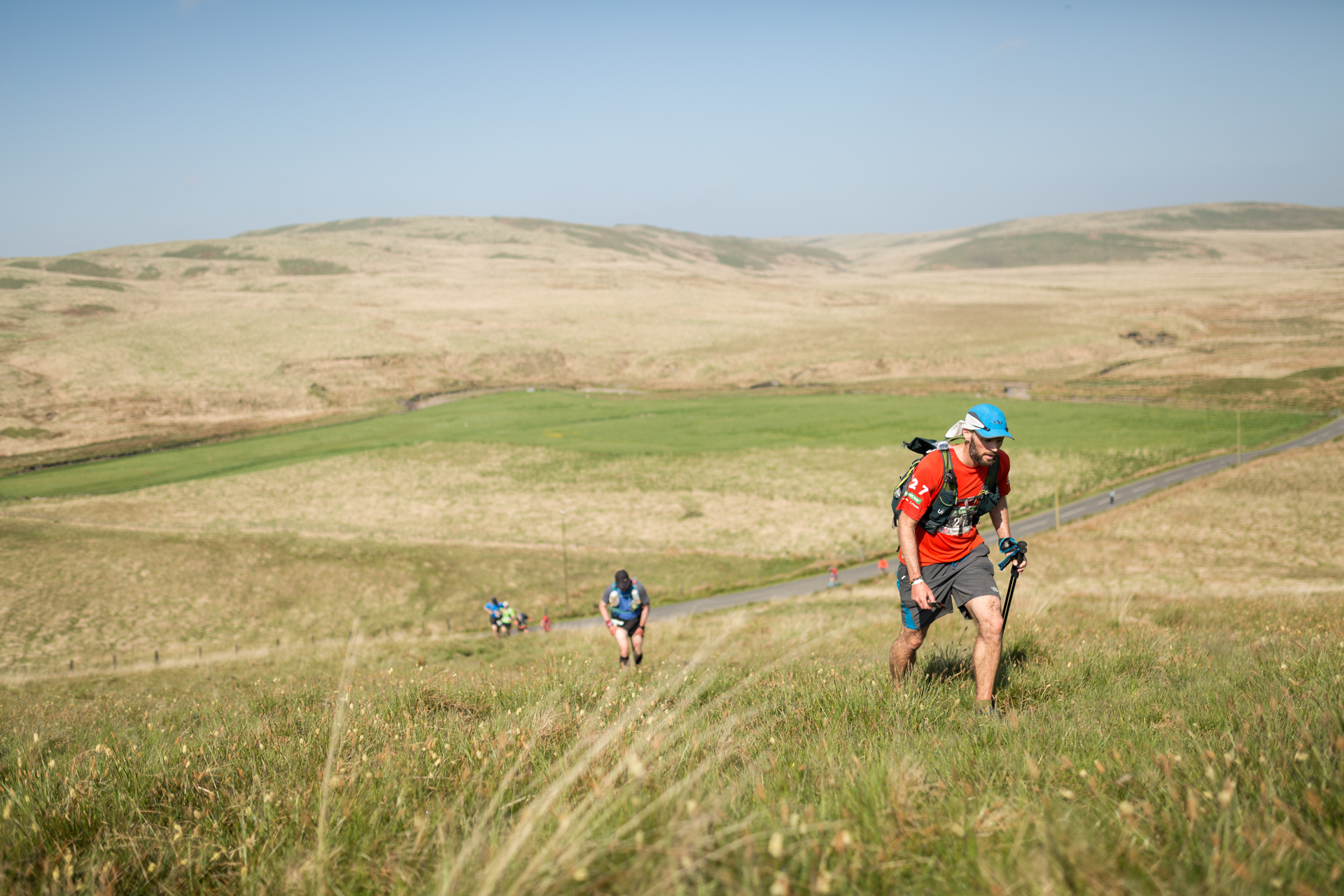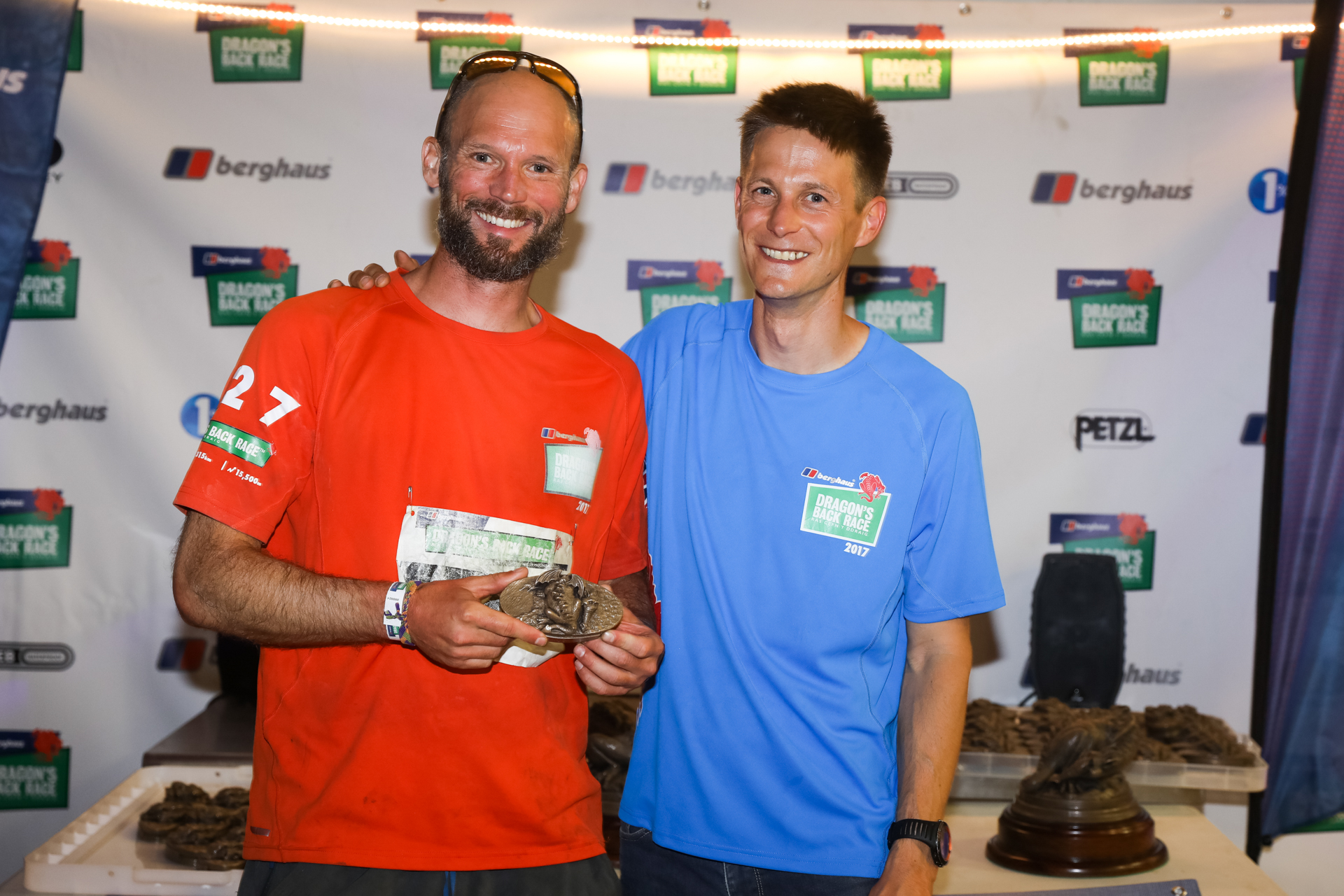Words by Mark Brightwell | Lead image, Neil Talbott tackling the infamous Crib Goch ridge, by Ian Corless
I’ve been running for five days and my body is breaking down. I’ve covered almost 300km and ascended nearly 15,000m by the time I hit the final range of hills, the Black Mountain of South Wales. They’re the final barrier between success and failure, completion and a DNF (Did Not Finish).
I lean heavily into my running poles, push hard through my shoulders and arms and try to find a way of moving which avoids the shin twinges, each one of which elicits an involuntary whimper of pure pain response. My head is strong but my body is failing. Will it last? Will it carry me to the finish? There is only one way to find out.
It’s 2017 and I am running the Berghaus Dragon’s Back Race, billed as the toughest five day race in the world. It’s an endurance challenge so gruelling that it was cancelled after its first iteration, partly out of fear for competitors’ safety, and wasn’t contested again for 20 years. Remarkably that first race was won outright by a woman, Helene Diamantides Whitaker, who took the trophy as part of a mixed pairing with Martin Stone back in 1992.
“My physical capacities are regularly surpassed by women and my ego has learned that that’s ok”
For most of this year’s 232 starters this is as much a journey as a race: a personal quest or challenge – the value derived from the uncertainty of the outcome. For Helene, Martin and the other elite pairs on the start line back in 1992 there was less doubt however: “It was definitely going to be a race. Just knowing who was involved; we all wanted to win. It was never not going to be a race,” says Helene, laughing.
And what a race it was. Remarkably, in a field of around a hundred, of which only three were women, it was the mixed pair of Diamantides and Stone, after much trading of position, that took the finish line. For TV show Trans World Sport this was great: “If another man had won another long race it wouldn’t have been as interesting.”
But Helene didn’t necessarily think it was anything unusual. She says: “I was aware that Sarah Rowell had won The Seven Sisters Marathon outright. I’d run a few of the big rounds in the fastest overall times, so I guess it was outsiders looking in that took most interest in the gender thing. I knew women were winning outright…

